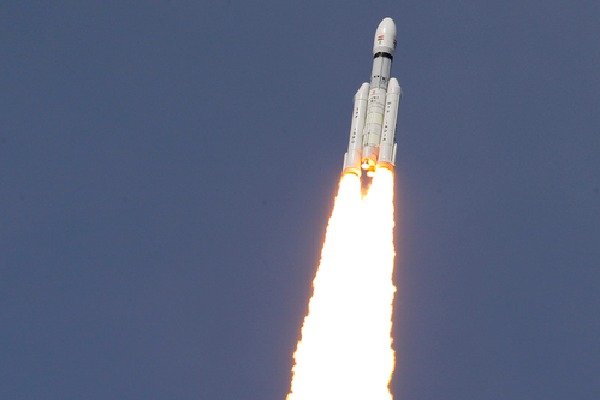The Chandrayaan-3 mission has marked a significant achievement as its Lander Module carrying the rover successfully separated from the Propulsion Module. This achievement brings the mission closer to its historic goal of achieving a soft landing on the lunar south pole, scheduled for 5.47 pm on Wednesday, August 23.
Chandrayaan-3 is a follow-on mission to Chandrayaan-2 and holds the objectives of showcasing safe and soft landing on the lunar surface, rover mobility on the moon, and conducting in-situ scientific experiments.
The mission carries added significance due to lessons learned from Chandrayaan-2, where ISRO’s lander ‘Vikram’ crashed during a soft landing attempt in 2019. According to ISRO Chairman S Somanath, the most critical aspect of the landing process involves transitioning the velocity of the lander from a horizontal to a vertical direction. This complex maneuver requires careful calculations and simulations to ensure a successful landing.
Explaining the technical challenge, Somanath highlighted the need to shift the velocity of the lander from its horizontal orientation to a vertical one, which was a crucial point of failure in Chandrayaan-2. The Chandrayaan-3 mission addresses this challenge with improved calculations and simulations to ensure a successful landing.
Unlike its predecessor, Chandrayaan-3’s Propulsion Module carries a significant payload named SHAPE (Spectro-polarimetry of HAbitable Planet Earth). This experimental payload aims to study Earth from the lunar orbit, analyzing spectro-polarimetric signatures in the near-infrared wavelength range. This addition enhances the scientific objectives of the mission, adding a unique dimension to India’s lunar exploration efforts.
The successful completion of Chandrayaan-3’s mission would signify a major achievement for India’s space agency, ISRO. If the mission accomplishes a safe and soft landing on the moon’s surface, India will join the ranks of the US, China, and the former Soviet Union as one of the few countries to master the complex technology of lunar surface soft landings.
The Chandrayaan-3 mission highlights India’s determination to overcome challenges and build upon its space exploration capabilities. It showcases the nation’s commitment to advancing scientific knowledge through space missions and contributing to humanity’s understanding of the lunar environment.














